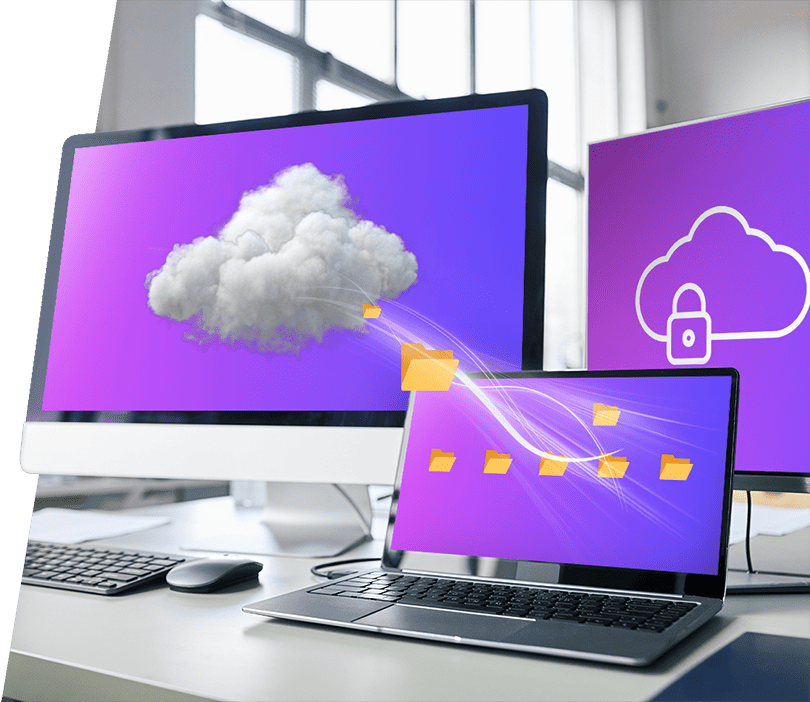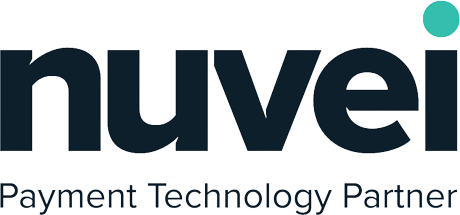Open Source & Code Security
Keep the Capabilities, Lose the Vulnerabilities.

Go Beyond Legacy Solutions
We at GlobalDots hunt for the most cutting edge and relevant technologies out there.
Once tested and found qualified we bring you the most certified innovative products out there for every pressing use case.

Your Benefits
No more blind spots in application libraries: Get a full, immediate fix to vulnerabilities in the open source dependencies used in your code.

 IDE Integration
IDE Integration
Reduce your development efforts and Shift Left your security issues by detecting affected dependencies while coding, thus stopping bugs before they are ever introduced.

 Continuous Git Scanning
Continuous Git Scanning
We help you set up scans for pre-merging pull requests, and set up a daily repository monitoring to detect & address new vulnerabilities.

Prevent new vulnerabilities from entering the build process by adding an automated test to your CI/CD. Our DevOps team will walk you through every step of the way.

-
Can I switch between vendors if I’m not satisfied with one of them?
Yes, one of the main advantages of working with GlobalDots is that we have relationships with multiple vendors per solution category, so our customers can switch between vendors if they would like to. Moreover, we will proactively offer better vendors if we see the value for the customers in terms of features, capabilities or price.
-
How does GlobalDots keep up with the latest technologies in the market?
The people working at GlobalDots live and breath technology. We have relationships with all the cool startups and always seeking new vendors with innovative tech to offer to our customer base. We research and explore emerging technologies on a weekly and daily basis, we filter out the noise and focus only on the promising solutions we vetted that will bring the most value to our customers.
-
What does support look like when working with GlobalDots?
Our solutions architects, engineers and DevOps experts have hands-on experience with the solutions we resell and integrate. Our engineers work with you to resolve any issue to your satisfaction, and never leave you hanging. If needed, we’ll be the ones to engage directly with the vendor, so you don’t have to.
-
What is Cloud Code Security?
Cloud Code Security is an holistic approach that encompasses the practices, tools, and methodologies aimed at safeguarding code in cloud environments against unauthorized access and vulnerabilities during all lifetime of the application: from the initial development phases through deployment and operations. This includes activities like :
- Secure development practices, where security is integrated through guidelines and automated tools in the development lifecycle.
- CI/CD security, ensuring the management of secrets, usage of trusted base images in containers, scanning for vulnerabilities in third-party dependencies, and enforcing security policies through automated compliance checks
- Configuration Management, using infrastructure as code (IaC) to automate and validate cloud setups, ensuring that security settings are consistently applied across all environments.
- Runtime protection and monitoring runtime environments with advanced protection mechanisms like WAFs and IDS. Additionally, robust access controls and adherence to compliance standards are critical to manage and mitigate risks associated with cloud deployments. Overall, Cloud Code Security ensures that both the applications and the data within cloud platforms are protected throughout their operational life cycle.
-
What does code cloud mean?
It refers to cloud-based platforms that facilitate the full lifecycle of code development, from ideation to deployment. It integrates cloud-native tools and services like IDEs, repositories, CI/CD pipelines, and monitoring systems, supporting DevOps and agile methodologies for continuous and secure software updates.
-
What are the benefits of code security?
Integrating security directly into the development lifecycle (DevSecOps) can significantly reduce costs associated with addressing security breaches as remediation expenses and legal fees. By adopting secure coding practices, organizations can also drastically reduce the number and severity of vulnerabilities, better protect sensitive data through advanced data handling techniques, and ensure compliance with various regulatory standards like GDPR, HIPAA, and PCI-DSS. Through this proactive security approach not only prevents potential exploits and attacks but also builds and maintains customer trust, especially when the application handles sensitive information.
-
What are examples of a security code?
It refers to specific measures implemented in software to enhance its security. Some examples could be:
- Input Validation, validating user inputs to prevent common vulnerabilities such as SQL injection, cross-site scripting (XSS), and command injection
- Use Parameterized Queries, using parameterized queries or prepared statements for database access in order to avoid SQL injection attacks.
- Logging and Monitoring, ensuring logging and monitoring are in place to detect, investigate and respond to security incidents promptly
- Dependency Management, regularly updating and auditing libraries and dependencies to protect against vulnerabilities in third-party code (SBOM and PBOM management)
- Following Secure Coding Standards, adhering to secure coding guidelines provided by organizations like OWASP (link to owasp)
-
What is open source code security?
Every modern software application relies on open-source code dependencies. This widespread dependency on open-source components necessitates thorough practices to ensure these components do not compromise the entire software’s security. Effective management involves activities like: continuous vulnerability scanning, patching, and regular updates. A fundamental tool leveraged to monitor all dependencies is SBOM, Software Bill of Materials. It provides a detailed inventory of all components (e.g libraries) within an application (open-source and closed-source), including their versions and the relationships between them, which is crucial for tracking vulnerabilities and compliance.Package managers such as npm for Node.js and pip for Python play vital roles in managing open-source libraries, allowing developers to install, update, and manage dependencies efficiently. Through these tools and a proactive approach to open source security, organizations can safeguard their applications against emerging supply chain threats and maintain robust security standards across their software portfolios.
-
Which cloud service can execute code?
Several and different cloud services offer the capability to execute code directly, catering to different use cases such as event-driven functions, application development, serverless development and batch processing like:
- AWS Lambda, serverless compute service that lets you run code without provisioning or managing servers. AWS Lambda executes code in response to events such as uploads of objects in an S3 bucket or updates to a DynamoDB table (Google Cloud Functions and Azure Functions provide similar capabilities on GCP and Azure)
- AKS/EKS/GKE, managed services that operate Kubernetes on the different Cloud providers without needing to install, operate, and maintain your own Kubernetes control plane and nodes
- Amazon ECS (Elastic Container Service), an orchestration service that supports Docker containers and allows you to easily run and scale containerized applications on AWS (Google Cloud Run, Azure Container Instances offer similar services…)















